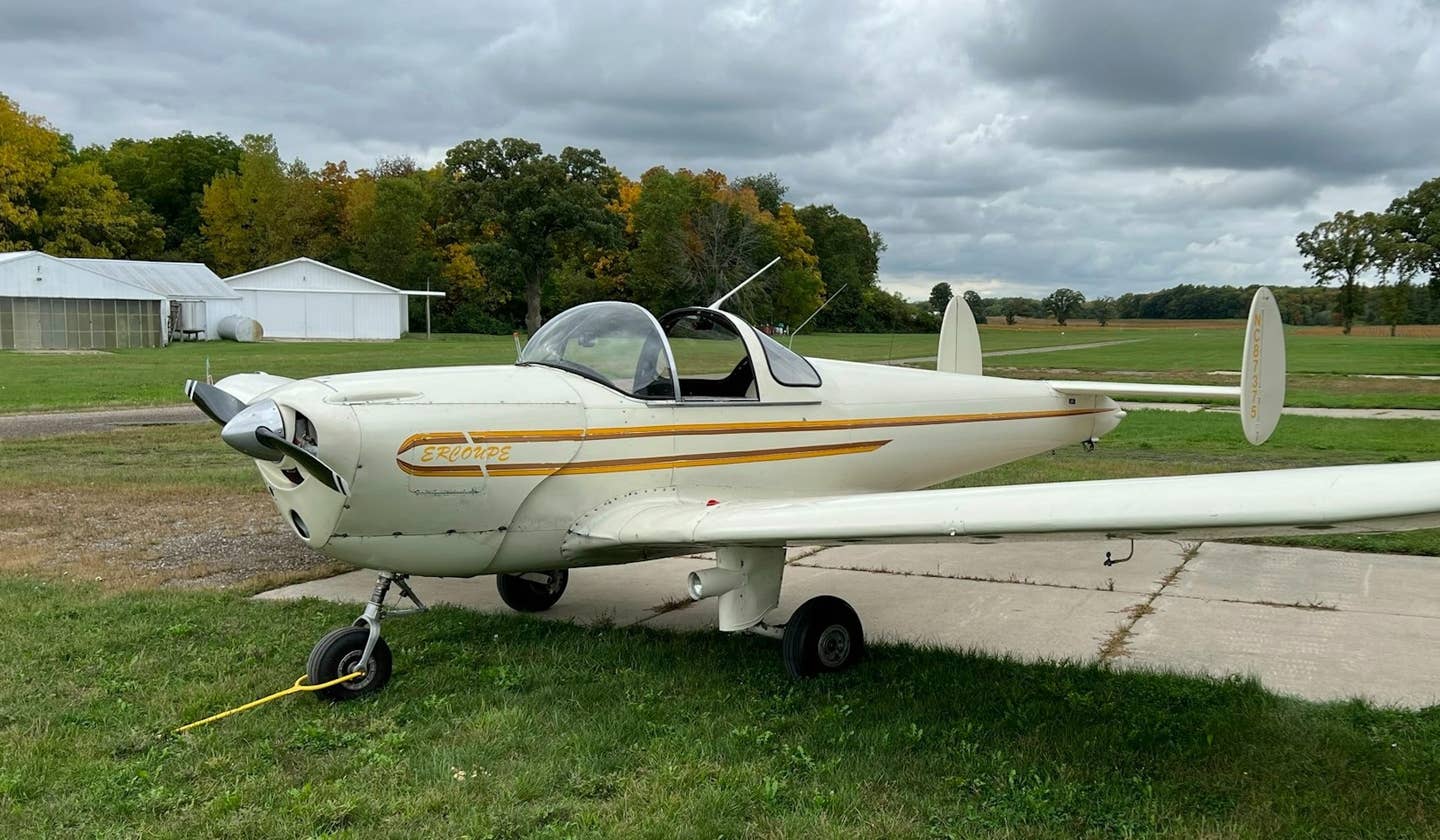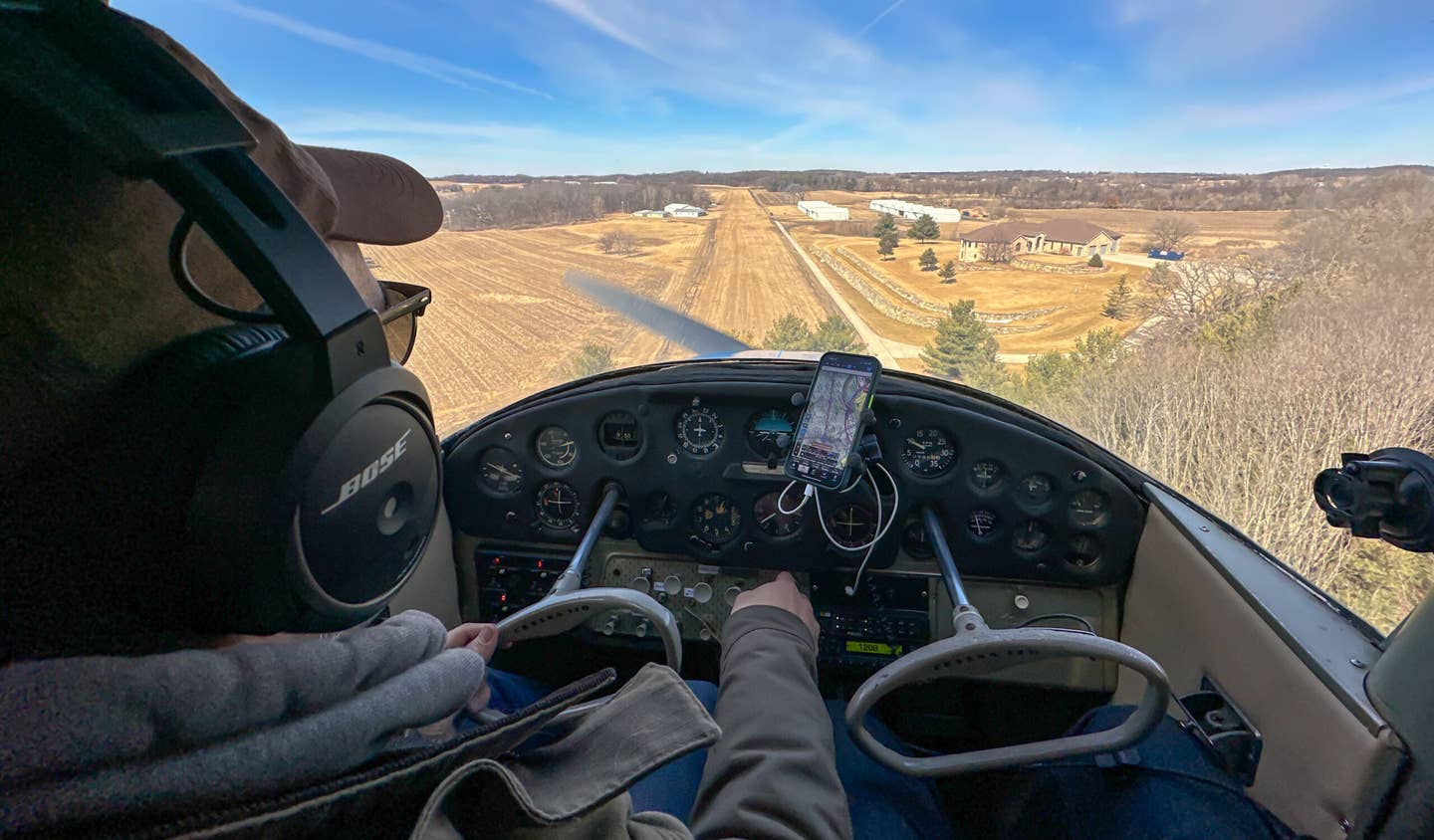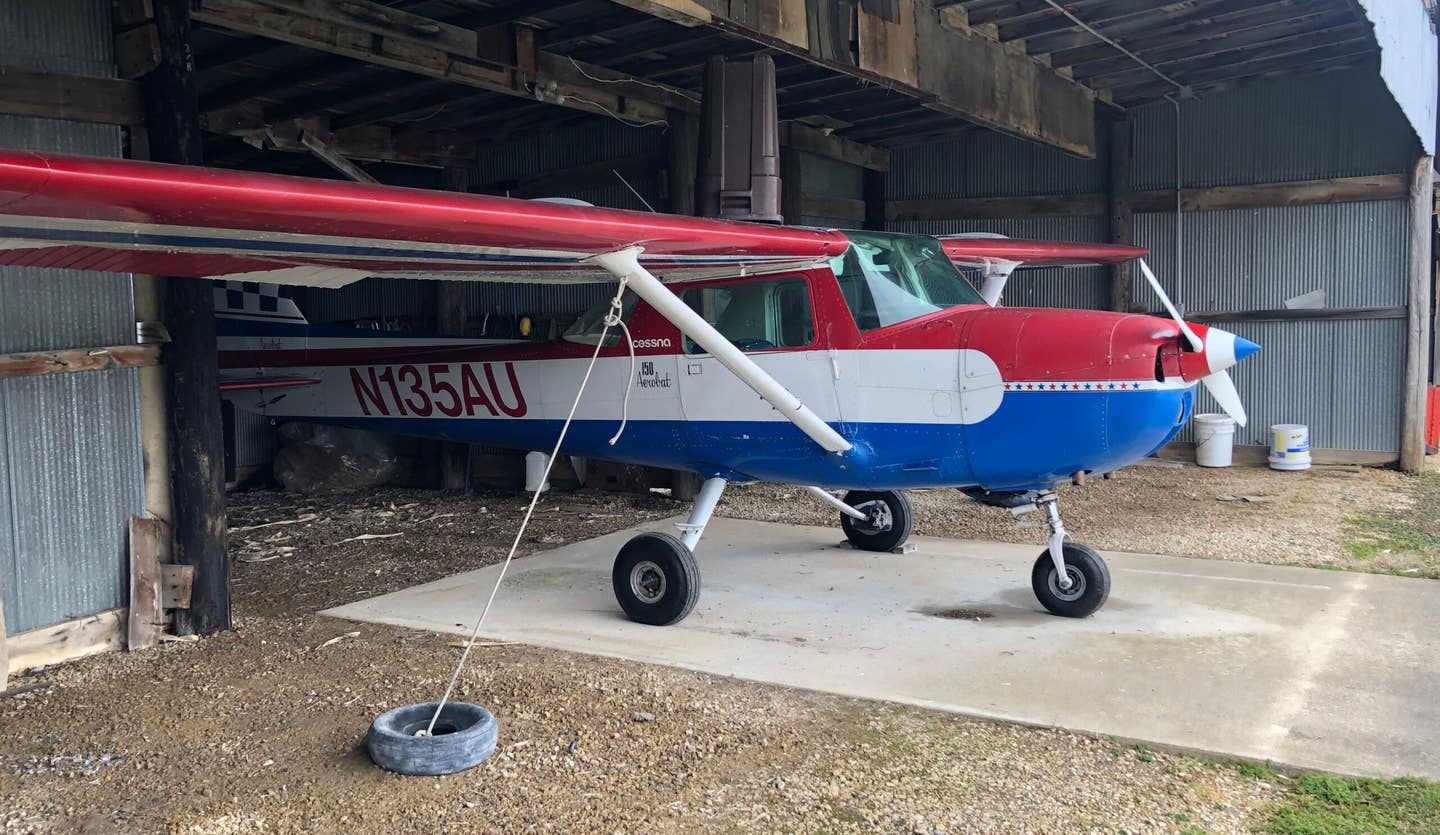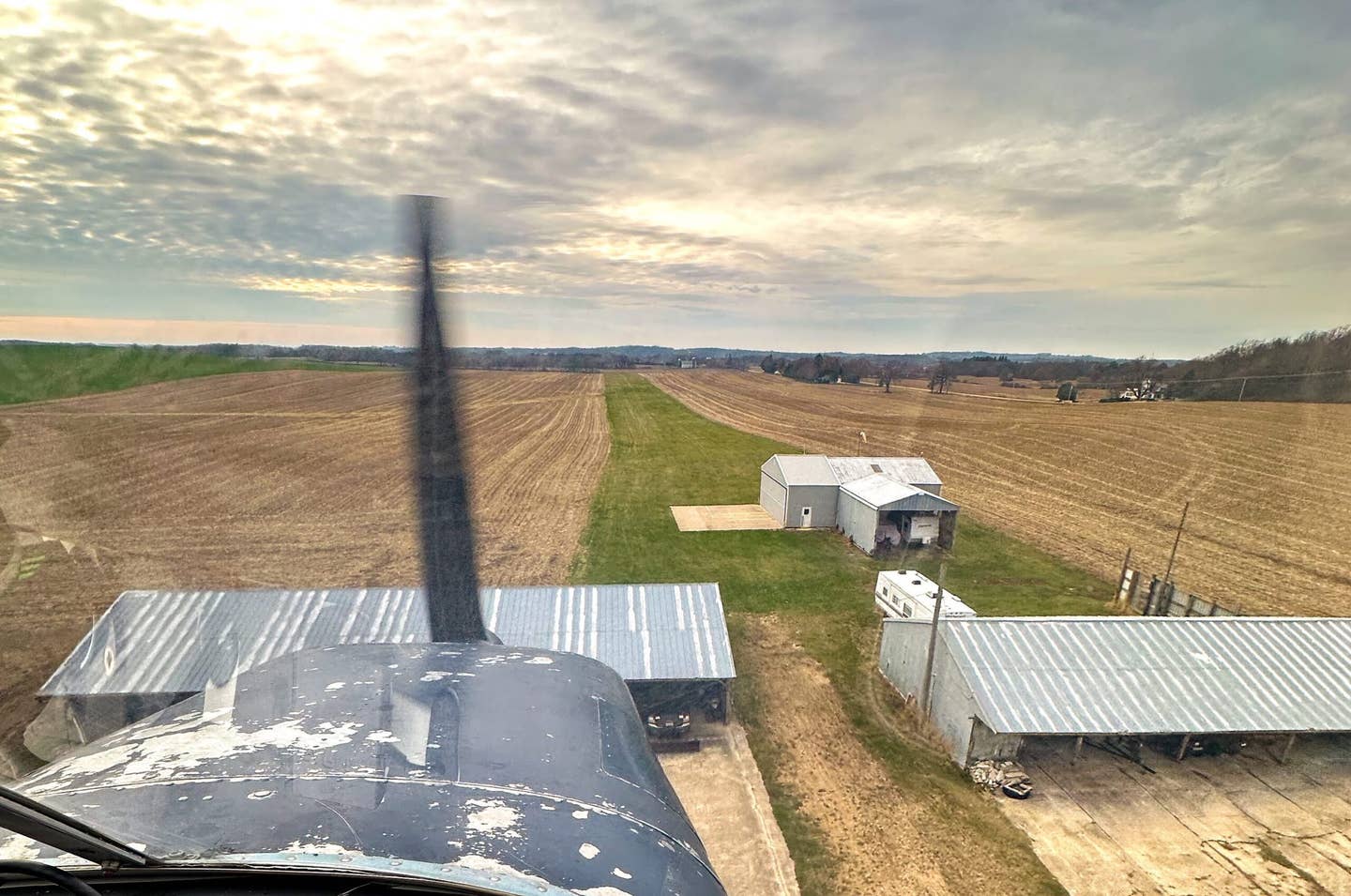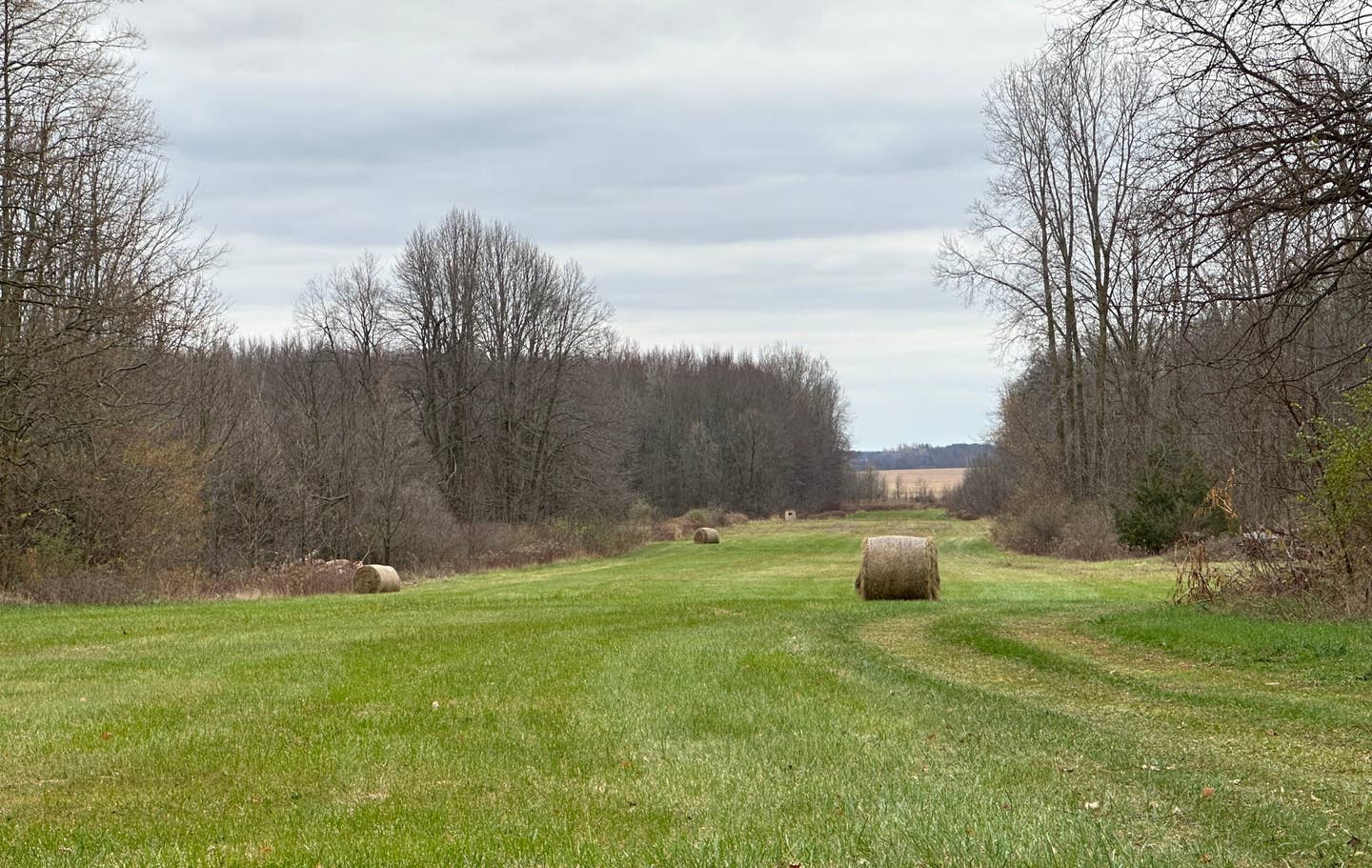Registering a Custom N-Number for Your New Airplane
Many owners select tail numbers with personal meaning, and some are assigned to the aircraft types they display.
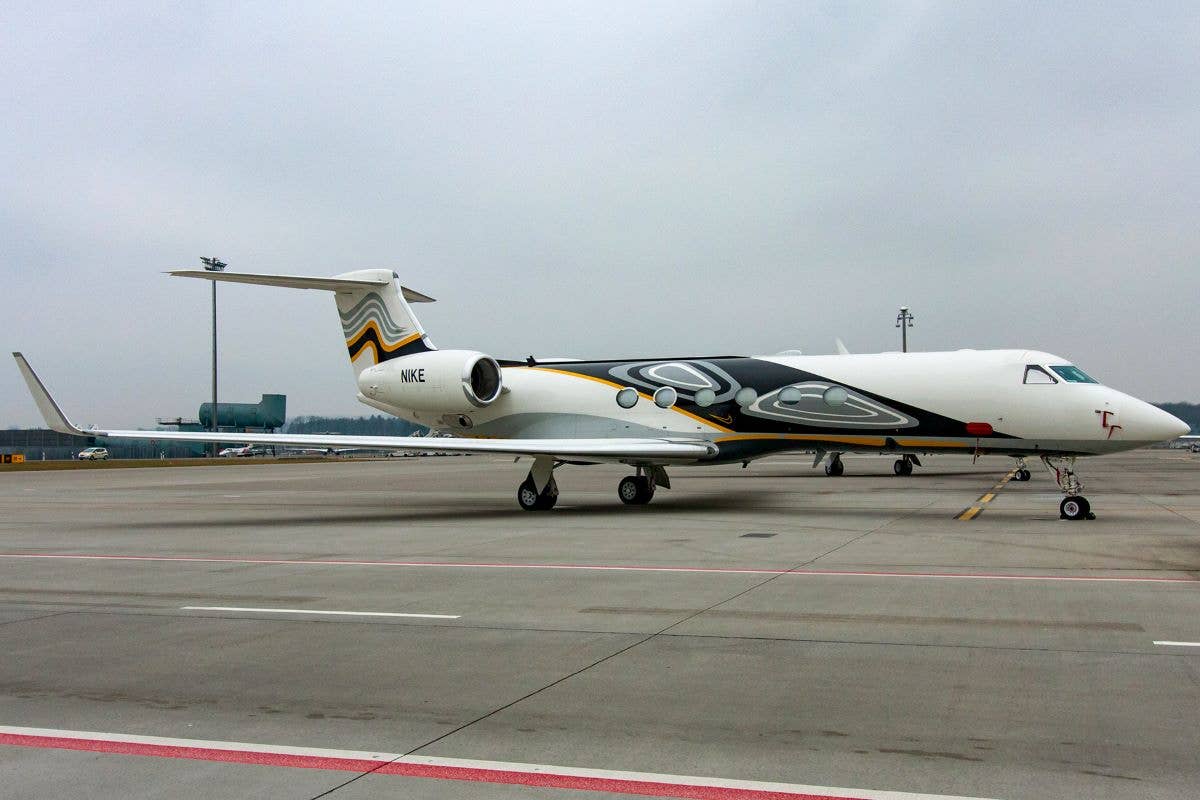
One of the most creative and fitting tail numbers, N1KE, is shown here on Nike’s Gulfstream. [Credit: Nick Young]
The hierarchy of concerns when buying an airplane is a predictable one. Airframe corrosion, engine condition, airworthiness directive compliance, damage history, and other such items easily top the list—and for good reason. Should any of these issues become a concern during a prepurchase inspection, massive amounts of time and money could become involved, and any of them could make the airplane one to avoid altogether.
At the very bottom of this list of concerns is the selection of a custom registration number. The airplane you’re purchasing almost certainly has one already, and unless it is difficult to enunciate with several “niners” in a row, it probably works just fine. Some argue that changing it to one of your own choosing is a trivial endeavor not worthy of the required time or effort.
But we pilots are nothing if not fussy, and we work with trivial details with the same passion and dedication as artists with clays or oils. To us, there’s some benefit to having a tail number that easily rolls off the tongue and is easy to pick out from a busy, garbled frequency. And if we can choose one that adds some personal meaning to our pride and joy, why not reserve and register a custom tail number?
I asked a number of friends about this, and the No. 1 argument they provided against changing a tail number is, by far, the desire to keep an airplane paired with the number it was originally assigned. Their reasoning is mostly sentimental and partially rooted in preserving historical authenticity. Production runs of the Cessna 170, for example, used registrations ordered numerically along the production line, corresponding in order with the serial numbers.
My own 170 was originally assigned N1908C, serial number 26053. My friend’s 170 was assigned N1963C, serial number 26108. Both numbers are 55 apart, and there’s a certain satisfaction in keeping things as neat and tidy as they were when our machines emerged from the factory.
Beyond historical accuracy, the only reason I’ve heard against changing a tail number is the cost. This is a legitimate argument, as altering a paint scheme to display the new number can reach thousands of dollars. It’s certainly not as straightforward or cheap as replacing the license plate on a car.
However, those two reasons might be outweighed by those in favor of selecting a new number. Having personally flown a Beechcraft Debonair with the truly unfortunate registration of N8999M, the aforementioned ease of enunciation comes to mind. A shorter tail number can be both quick to convey and easy to remember.
Additionally, provided the selection of letters and numbers complies with the FAA’s formatting rules, we can select tail numbers that appear to spell out a word of our choosing. Most famously, Nike Inc. uses N1KE on its Gulfstream, making it appear as though the jet is simply adorned with the company name. Similarly, N155AN appears to belong to the Nissan Motor Co.
Many owners select tail numbers with personal meaning. The individual from whom I bought my 170 had the registration changed to N170RK, the letters symbolizing Richard and Kara—he and his daughter. A friend of mine just registered N170H in preparation for an extended, multiyear adventure he has planned in which he will fly his 170 around the country and live out of it like a mobile flying hotel.
Some tail numbers are appropriately assigned to the aircraft types they display. N8RV belongs to a Van’s RV-8, and N172H is fittingly assigned to a Cessna 172H. But frustratingly, N182Q is assigned not to a 1977-1980 Cessna Skylane but to a Beechcraft Bonanza. This is simply wrong, and should the FAA ever form a tail number police force, I’ll inform it of the flagrant violation immediately.
So desirable are certain N-numbers, people have formed businesses that reserve all the most desirable examples immediately upon release and then offer them for resale at a profit. A quick search reveals several such companies, and the pricing reflects just how enticing certain tail numbers can be. Prices range from around $8,000 for registrations with only three digits up to a staggering $100,000 or more for ultra-rare, two-digit registrations like N3M—which, appropriately, belongs to the 3M corporation.
Clearly, the target customers for such numbers are the owners and operators of private jets with correspondingly deep pockets. Aircraft owners of more modest means are therefore excluded, and many have expressed their frustration to the FAA. It appears their complaining has not been in vain.
Just a few months ago, the agency responded to these complaints by including a provision in its 2023 House reauthorization bill (Section 206: Prohibition on N–Number Profiteering) forbidding the reservation and sale of N-numbers for profit. If the Senate passes the bill and keeps this section intact, aircraft owners of all income levels will have access to the most desirable N-numbers. An owner of a modest Luscombe 8C could finally be able to obtain and use N8C.
For now, new owners wishing to add some fun personalization to their airplanes just have to get creative with the FAA’s formatting rules. For example, I learned that as long as an airplane is at least 30 years old and flying under a standard airworthiness certificate, it may display an “NC” number. Accordingly, I’ve reserved 355NA in anticipation of someday using it for my vintage Cessna.

Sign-up for newsletters & special offers!
Get the latest FLYING stories & special offers delivered directly to your inbox

